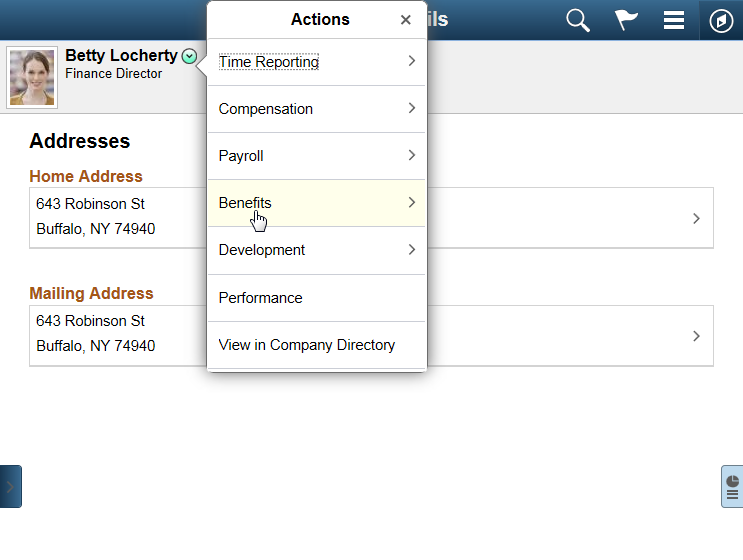
So over the years, my source media folder from which everything is loaded has become absolutely huge - probably only about 25% its contents now exist in the library for this project, however, as I have at least well cleaned up the library within FCPX. I am asking this strange question because the project I am working on - and have been for 3 years - is essentially a massive multimedia collage of hundreds of archival video clips, images and audio. How do you tell FCPX to select ALL media in a project file ie not just what's in the timeline but what has been loaded into the browser - and duplicate all of that media into a dedicated separate place, so you can clean up the source media HD location without accidentally deleting used media?

The latter provides a submenu displaying all currently running applications choosing an application from this menu switches to it just as if you had clicked on its icon in the Dock.OS Sierra 10.12.6'iMac late 2014, 27" i7, 32GB DDR3 RAM, AMD Radeon R9 M295X
#Comparable finderpop contextual menu windows#
This item provides a hierarchical menu that displays the contents of ~/Desktop-in other words, everything sitting on your Desktop-and is a handy way to access such files without having to hide application windows or use Exposé. With the former enabled, a new item named Desktop appears just above the contents of the currently selected folder in the Finder’s contextual menu. You can also enable options for Desktop and Processes submenus. (I find viewing package files this way to be easier than using the Finder’s Show Package Contents command.)
#Comparable finderpop contextual menu mac os x#
(That option is enabled in the screenshot above.) You can also have FinderPop display Mac OS X package files as folders. For example, you can enable an option-via the FinderPop System Preferences pane-that includes folders in FinderPop’s menus that are normally invisible in the Finder. And holding down the Command and Option keys while moving the mouse pointer over an item in the FinderPop menu displays some useful information about that item.įinderPop also gives you a bit more file-browsing power than the Finder itself. You can quickly move an item to the Trash by pressing Control+Option+Command as you choose it. For example, pressing the Command key when you choose an item from the menu reveals the item in the Finder. You can also perform a number of standard Finder actions on files instead of opening them. For example, if you Control/right-click on your Home directory, you can move the mouse pointer over that directory in the menu to view its contents (and the contents of any of its contents, and so on). In case you’ve never used it, FinderPop is a contextual menu enhancer for the Finder that lets you view and work with the contents of a folder or volume by simply Control/right-clicking on that item in the Finder its contents are displayed in the resulting contextual menu.

(As with the “classic” version, FinderPop is donationware.) The result is FinderPop 1.9.9b4, a beta version that will certainly bring back memories for some Mac users. But I missed FinderPop, especially the click-in-unused-menubar feature, and so I braved the horrors of Xcode to bring out a version of FP for X.


I now use it all the time in preference to my PC. After getting a Mac Mini a few months ago, I was impressed with its silence / unobtrusiveness and how far OS X had come on since I left the fold three years ago.


 0 kommentar(er)
0 kommentar(er)
